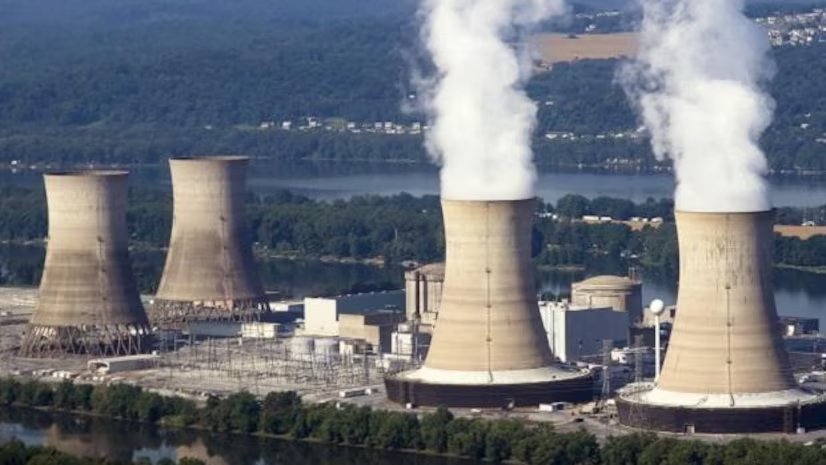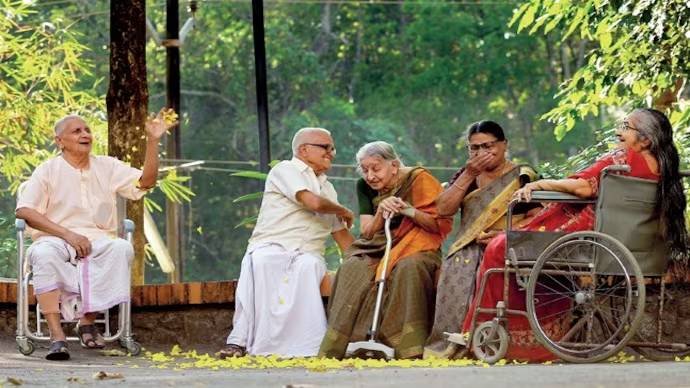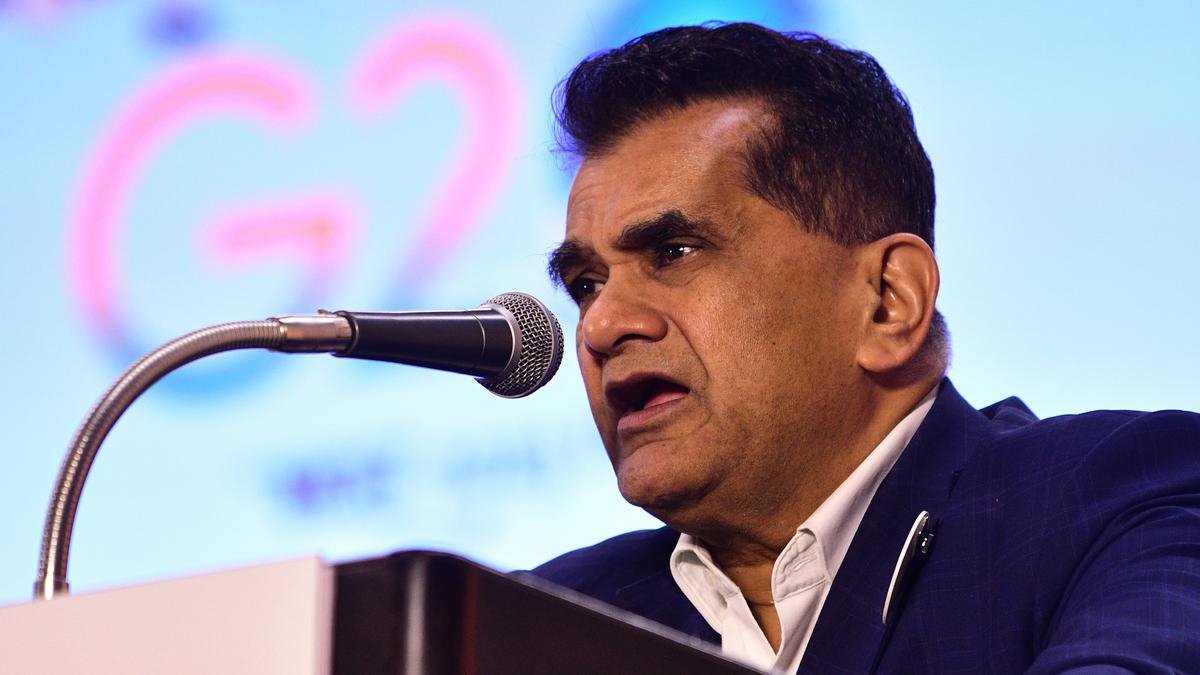NEW DELHI, May 16 (PTI): NITI Aayog has pitched for establishing attractive financing frameworks such as blending finances and green bonds to attract private sector investment in setting up small modular reactors (SMR) to decarbonise India’s energy sector.
The Aayog in a report titled ‘The Role of Small Modular Reactors in Energy Transition’ further suggested that availability of low-cost finance, green finance and incorporation of nuclear into green taxonomy can improve the economics of SMR projects.
“De-risking SMR projects and establishing attractive financing frameworks such as blending finance, green bonds, etc. is pivotal for incentivising private investors,” it said.
According to the report, it has been observed that venture capital is a poor fit for the “hard” SMR sector.
As per the International Atomic Energy Agency (IAEA), the SMRs are advanced nuclear reactors with a power generation capacity ranging from less than 30 MWe to 300+ MWe.
“Hence, the public and private sectors must work together to identify alternative sources of early-stage finance,” it said.
Noting that successful deployment of SMR technology must leverage private sector investment, the report said a robust and technology-neutral policy framework is required for securing private investment including factors currently having growing influence on investment flows such as taxonomies and environmental, social and governance factors.
The report also pointed out that early realisation of a few demonstration plants for SMR designs can reduce the intensity of risk perception, which can give impetus to supply chain formation and bring investment and stability to the industry.
Adaption and streamlining of licensing and regulatory frameworks by taking key SMR attributes into account are also important to develop a global SMR market, it added.
While noting that the existing nuclear safety regulations are mostly designed for land-based plants and unit concept of large reactors, the report recommended that for the concept of multi-module and flexible operation of SMRs, these regulations and guidelines need to be modified.
“The nuclear regulatory framework should be comprehensive to allow various kinds of SMR technologies and designs,” it said.
According to the report, a pre-licensing vendor design review can facilitate early identification and resolution of potential technical or regulatory issues in design process.
The report noted that SMRs have emerged as preferred nuclear energy options compared to large reactors as they require low inventory of nuclear material per reactor with speedy fabrication through standardisation, fast realization along with feasibility of deployment at difficult sites and phased capital expenditure by adding successive batches of SMR modules.
“This makes SMRs an emerging technology to provide clean electricity, hydrogen and process heat. “SMRs can provide stable baseload electricity and have the capability to operate flexibly to support integration of variable renewable energy into the grid,” it said.
Further, these can also serve non-electric applications such as desalination and district heating while micro SMRs can be used to supply electricity as well as heat for communities in remote locations.
According to the report, private sector participation in SMR deployment can be encouraged through half-a-dozen incentives, including political support for SMR initiative, conducive SMR regulatory framework led by national regulators and a mature nuclear supply chain.
“Streamlining of international nuclear liability conventions with the country specific legislation is required,” the report said, adding that states may either amend domestic laws to include requirements and specifications of the international conventions.
Nuclear is considered among the lowest Green House Gas (GHG) emitters in life-cycle analysis.
Co-generation SMR systems, apart from providing for both electricity and process heat requirements, have potential to complement variable renewables through flexible operations. SMRs can also be installed in remote off-grid locations.
India has struggled on the nuclear energy expansion front with big plants like the one at Jaitapur being built with French cooperation yet to take off.












